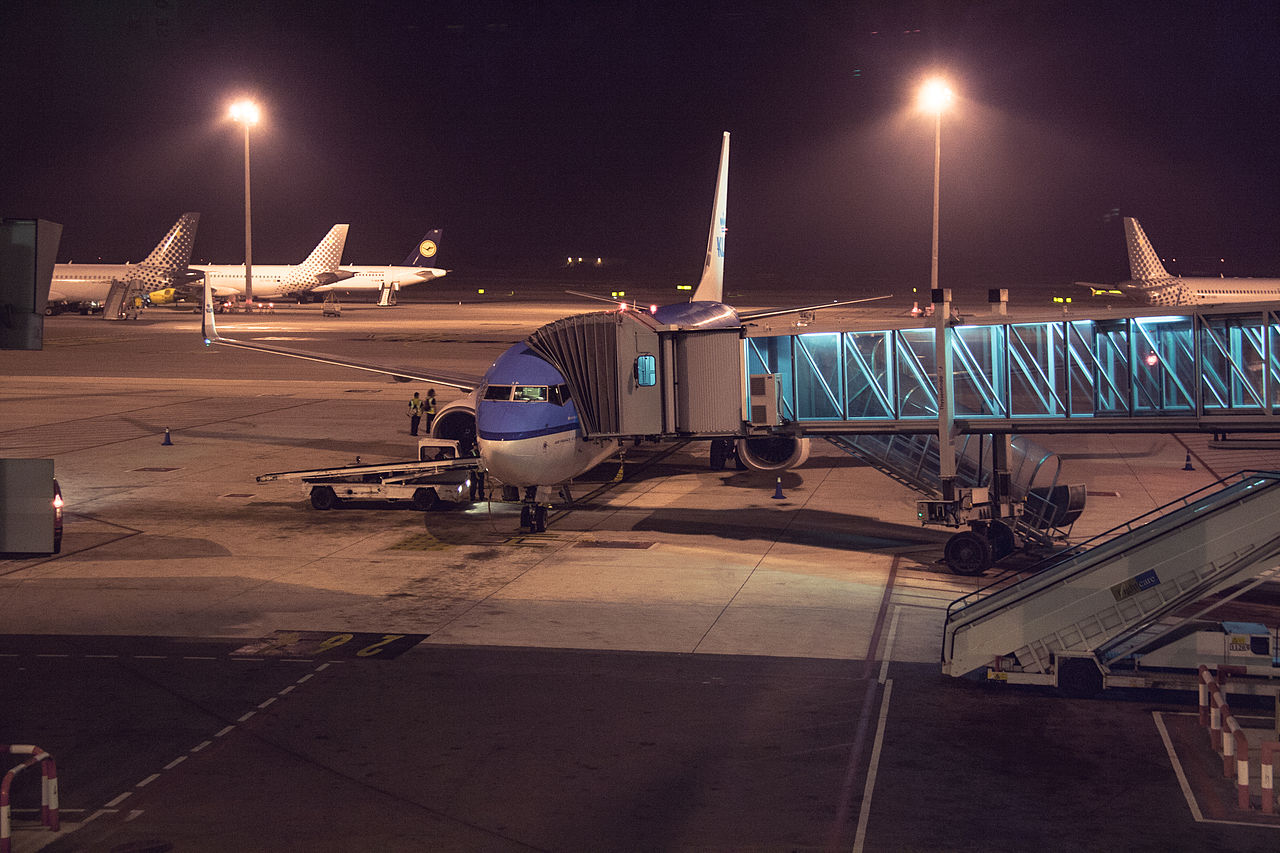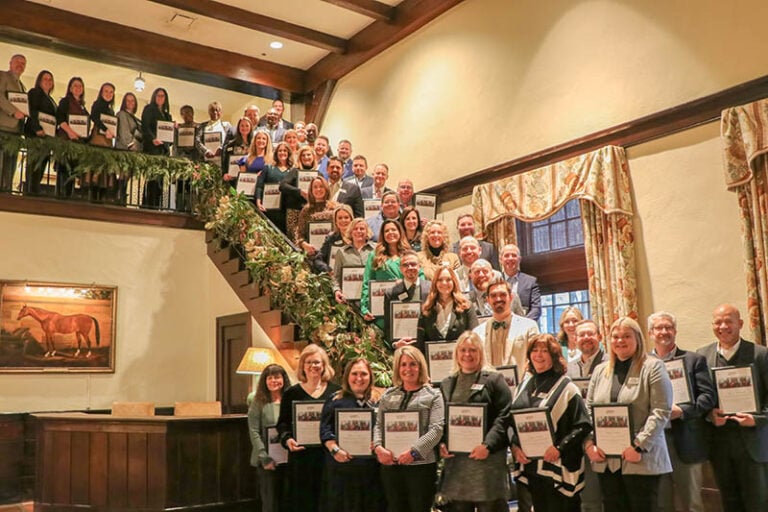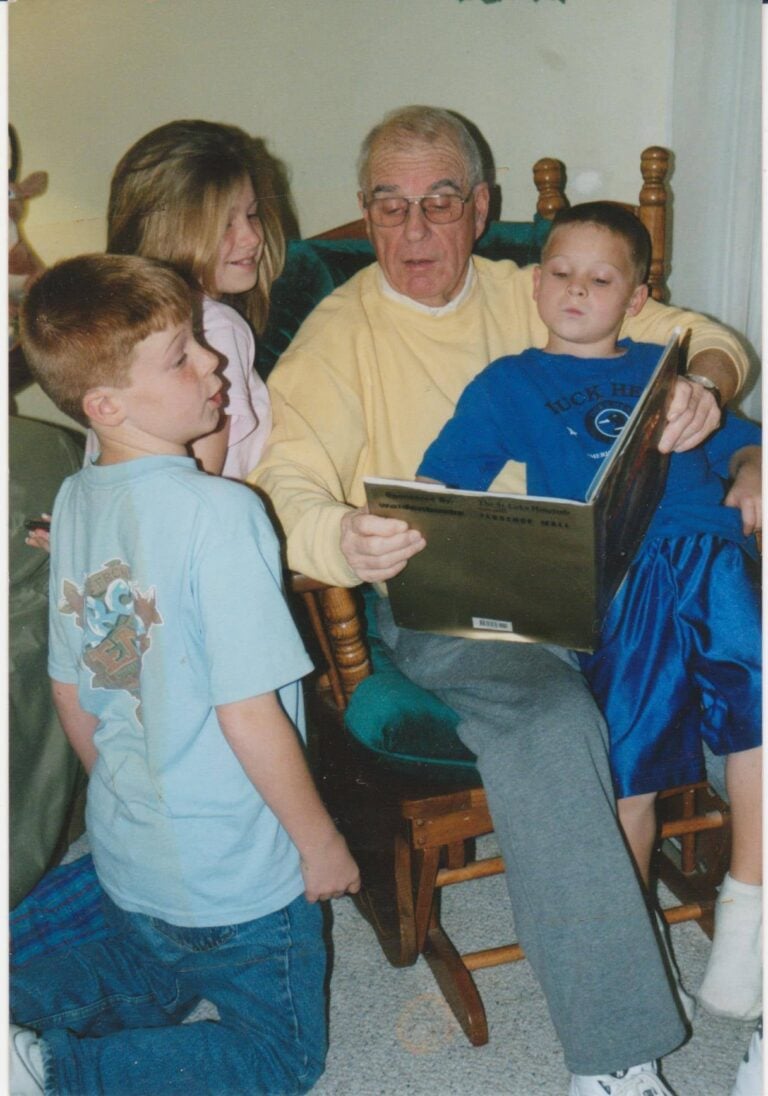Fresh off a trip to California this past fall with my wife, I was reminded again of just how afraid people become when flying on a commercial airline. It had been several years since my wife had flown, and a mild case of aviophobia (fear of flying) had obviously since set in.
Leading into the trip, like a true risk management and safety consultant, I quoted multiple safety statistics to ease her anxiety, to no avail once it came to getting on the plane.
She was a nervous wreck, and I’m sure it didn’t help that I drifted off to sleep while waiting to taxi out.
The son of an Air Traffic Control and hobby pilot, I had learned at an early age that flying was the safest means of travel, but as an adult I too became a bit nervous when I first began to fly on a frequent basis. Early in my career I received my first real scare on an approach into Lambert St. Louis International airport.

We had touched down, I can remember breathing a little sign of relief, only to be immediately pushed back into my seat as the pilot hit the throttle full force to pull up into a hard right bank. I can still remember looking out my window at the ground less than 250 feet in the air in what felt and looked like a 90 degree view. I could feel the wings bouncing as we banked safely away from the airport.
The pilot came over the intercom apologizing: “I’m sorry. A plane had not safely cleared the end of the runway and I decided it was best to not take that risk.”
I appreciated his non-risk taking behavior, but I suspect there may have been a couple of wet seats left in the cabin that afternoon.
After we had deplaned I called my father to tell him of my near-death incident and I remember him chuckling and saying with a not-so-worried emotion, “huh,…(chuckle and pause)… I would have thought you would have flown for a number of years before you ever experienced such an event, but it happens.”
I learned to release the anxiety that comes with flying and decided to try to dose off before all take-offs and landings to relieve the stress. I had come to the conclusion that since I don’t have an ounce of control of the plane, there was no sense in worrying about it.
But others cannot release such fear. According to a survey from Chapman University 43 percent of people have at least some fear of flying, and around 9 percent are so afraid they won’t step foot on a plane.
No other form of transportation is as scrutinized, investigated and monitored as commercial aviation. The fear of flying is based on emotion instead of logic.
Since 2015 statistics are not yet available, let’s look at 2014. Despite several high profile accidents worldwide involving two Malaysia Airline flights, 2014 was one of the safest year for commercial aviation, according the Aviation Safety Network.
There were a total of 21 fatal airliner accidents that year, resulting in 990 fatalities worldwide. This made 2014 the safest year ever by number of fatal accidents and the 24th safest year ever in terms of fatalities.
Given that the amount of air traffic with more than some 33,000,000 commercial flights worldwide, that’s 1 plane accident involving fatality for every 1.57M flights. Keep in mind factoring in all those 3rd world sub-par airliners with poor safety records.
Just in the United States alone, in 2014 about 756 million people flew on commercial, and according to the Insurance Information Institute there weren’t any fatalities on large scheduled commercial airlines in 2014 for the fifth year running in the United States.

According to planecrashinfo.com, the odds of being on an airline flight which results in at least one fatality in one of the 78 major world airlines is about 1 in 3.4 million. The chance of dying in a car accident in your entire lifetime is estimated to be 1 in 77.4.
In 2014 there were a total of 32,719 people killed in automobile accidents in the United States. To reach that same total of fatalities a fully loaded Boeing 727 would have to crash every 36.5 hours over the course of a year killing everybody on board, which would equate to 240.5 plane fatal crashes annually.
It’s been said that 150 people a year die annually from falling coconuts worldwide, but this statistic doesn’t stop people from visiting tropical paradises on their vacations.
For comparison purposes, NerdWallet.com recently calculated the lifetime probability of various events that could cause your demise:
1 in 704 chance of dying by crossing the street
1 in 911 chance of dying by riding a motorcycle
1 in 1,884 chance of dying from an accident in your home
1 in 3,375 chance of dying by choking on your food.
1 in 4,545 chance of dying by biking
1 in 9,186 chance of dying by drowning in your bathtub.
1 in 55, 764 chance of dying from a hornet, wasp of bee sting
1 in 116,448 chance of dying from dog attack
1 in 164,968 chance of dying by being struck by lightening
1 in 179,965 chance of dying from an earthquake
1 in 42,120 chance of dying from a venomous snake and lizard bites
According to The Washington Post, sharks, alligators and bears will each kill on average one person a year in the United States, however the docile cow will kill 20 people annually. The point is some of the scariest creatures on this earth create the most fear but are less dangerous.
Worry about safety while flying on a commercial flight is an intrusion that bypasses logic for those who suffer from aviophobia.
Flying in the U.S. has become so safe that the fear of air travel is almost as farfetched as the fear of being stabbed by a bird with a knife attached to its limb while observing an illegal cockfight, but try telling that to your wife at 30,000 feet!
Be Safe My Friends!
Keven Moore works in risk management services. He has a bachelor’s degree from University of Kentucky, a master’s from Eastern Kentucky University and 25-plus years of experience in the safety and insurance profession. He lives in Lexington with his family and works out of both the Lexington and Northern Kentucky offices. Keven can be reached at kmoore@roeding.com.






















